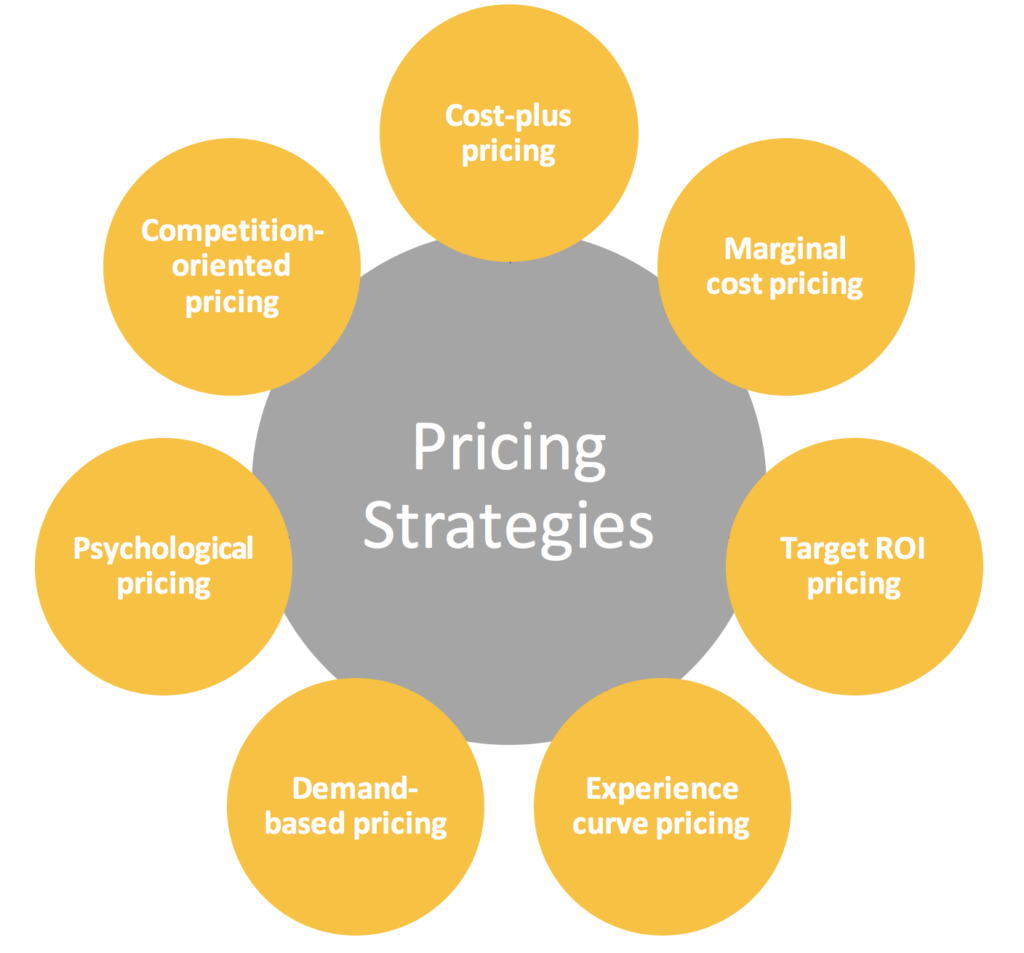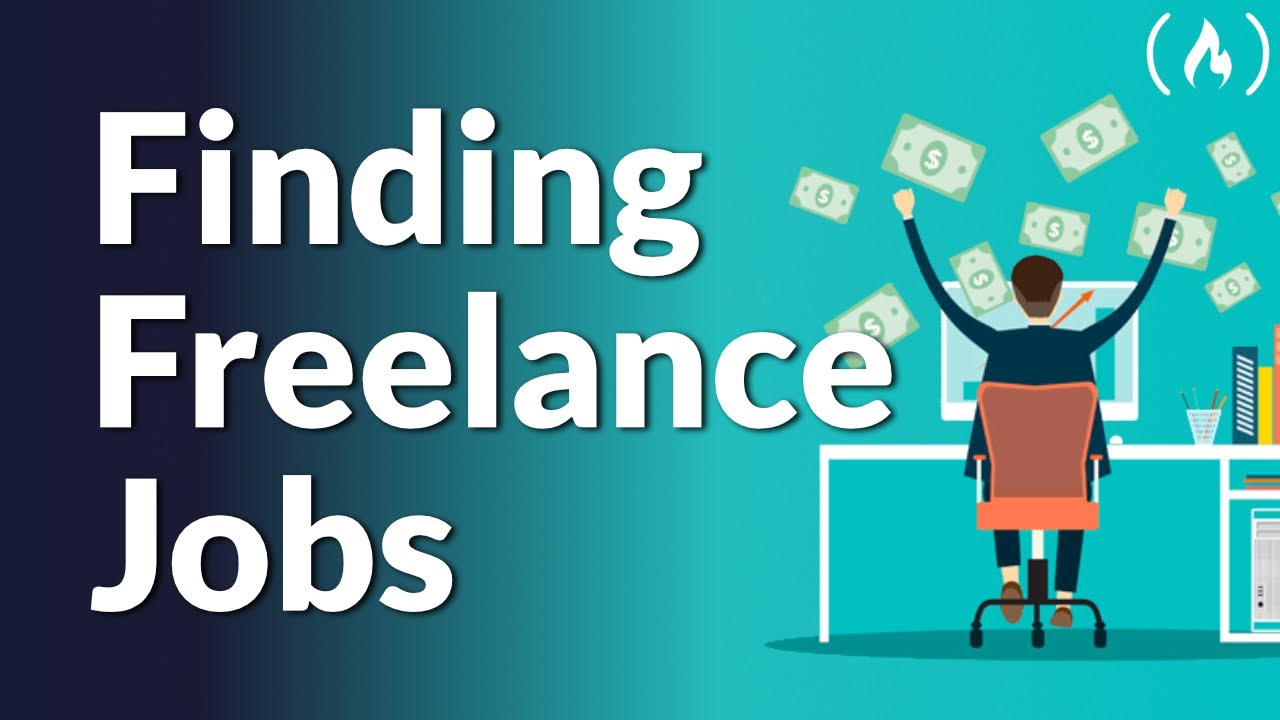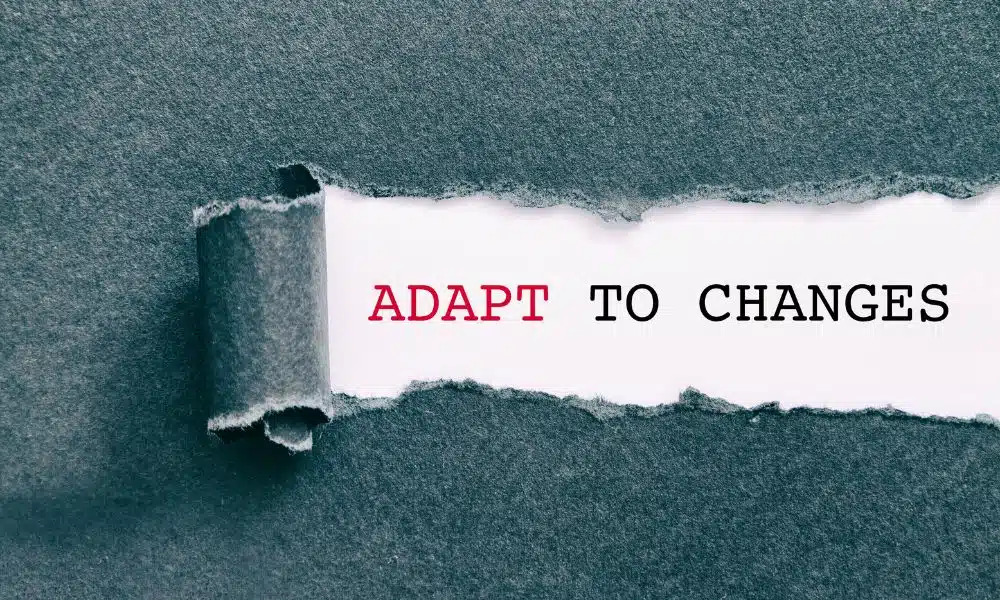Mastering Freelancing: A Comprehensive Guide to Success
Welcome to the exciting world of freelancing, where independence collides with innovation and the gig economy thrives. We’ll begin on a journey to learn the art of freelancing in this thorough guide, uncovering its history, analyzing its relevance, and arming you with the knowledge to handle its hurdles.

Freelancing, a phrase founded in skilled individuals’ liberty, has expanded into a wealth of opportunities. Historically, freelancing can be traced back to artists and craftsmen who worked on their own. In the digital age, freelancing has become synonymous with the gig economy, fueling a global marketplace where talents transcend national limits.
Importance of Freelancing
Why has freelancing become more than a passing fad? It’s a way of life that has unrivalled advantages. The allure is in the freedom to create your own work-life balance and to take advantage of global economic opportunities.
- Flexibility and Work-Life Balance: Freelancers move to the beat of their own work rhythms, creating their own schedules and establishing the boundaries of their workspace. This adaptability is essential for achieving a good work-life balance.
- Economic Opportunities and Global Reach: Freelancing is not limited to the confines of an office. It gives you access to a global clientele and allows you to demonstrate your skills on a global scale. The potential for economic growth is enormous, with freelancers emerging as significant actors in a variety of industries.
Purpose of the Guide
As we read through this tutorial, keep in mind its dual purpose:
- Empowering Freelancers with Essential Knowledge: We want to provide you with the knowledge and abilities you need to excel in the freelancing world. Consider this book your compass for everything from setting prices to overcoming obstacles.
- Navigating the Challenges of Freelancing: The road to success as a freelancer isn’t always easy. We’ll face obstacles head on, providing solutions for navigating client issues, avoiding burnout, and eventually building a sustainable freelancing business.
Join us on this trip to discover the keys to mastering freelancing and realizing your full potential in the gig economy.
Getting Started in Freelancing
Congratulations on deciding to pursue a freelance career! Now, let’s establish the framework for your success by looking at how to get started as a freelancer.
Self-Assessment and Skills Identification

Take a moment to reflect on your skills before entering into the world of freelancing:
- Identifying Strengths and Weaknesses: Perform an honest self-evaluation. Recognize your strengths, whether they be in coding, writing, design, or another ability. Recognize places for improvement as well. This self-awareness is the foundation for your achievement.
- Matching Skills to Market Demand: Examine the market, What are the most in-demand skills? How will your particular abilities meet these challenges? Align your skills with market demands to establish yourself as a sought-after freelancer.
Choosing a Niche
Freelancing is a huge terrain with numerous specializations. Use caution when navigating:
- Exploring Different Freelancing Niches: There is a niche for every skill level, from graphic design to programming. Investigate numerous fields to find the one that best fits your interests and market demand.
- Finding a Balance Between Passion and Profitability: Where passion meets profit is your ideal niche. Strive for a happy medium between what you enjoy doing and what your clients are prepared to pay for. This sweet spot guarantees long-term happiness and financial success.
Building a Portfolio
Your portfolio serves as your digital handshake, leaving a lasting impression:
- Crafting a Compelling Portfolio: With a professionally created portfolio, you can show off your greatest work. Projects that exhibit your abilities and versatility should be highlighted. Make it visually appealing and simple to use.
- Showcasing Past Work and Achievements: Share your success tales. Inform potential clients whether you have contributed to projects or met goals. Real-world examples increase credibility and confidence.
Remember: a solid foundation assures a solid career when you begin your freelance journey. In the next part, we’ll walk you through the process of establishing your freelance business for long-term success.
Setting Up Your Freelance Business
Let’s get into the business of freelancing now that you’ve built the groundwork. Establishing a professional internet presence, defining fees, and resolving legal concerns are all critical steps to ensuring the success of your freelance business.
Creating a Professional Online Presence
- Building a Personal Website: Your personal website serves as your virtual showroom, displaying your abilities, portfolio, and contact information. Choose a simple design with compelling content and easy navigation. Your website is the digital representation of your freelance business.
- Optimizing Social Media Profiles: Make use of the power of social media. Optimize your profiles on social media platforms such as LinkedIn, Twitter, and Instagram to reflect your expertise. Participate in relevant communities, share useful content, and connect with future clients.
Setting Rates and Pricing Strategies

- Calculating Freelance Rates: Determine what you are worth. Consider things like your abilities, experience, and market demand. Determine an hourly or project-based pricing that reflects your competence and provides equitable compensation.
- Developing a Transparent Pricing Structure: Transparency fosters trust. Clients should understand your pricing structure and what is included in your services. Maintain a professional and trustworthy relationship by providing estimates and invoices on time.
Legal and Contractual Considerations
- Understanding Contracts and Agreements: Clear contracts protect both you and your clients. Learn about the legal aspects of freelancing, such as payment conditions, project scope, and confidentiality agreements. This clarity establishes expectations and reduces the likelihood of disagreements.
- Protecting Intellectual Property Rights: Protect your work. In your contracts, clearly describe intellectual property rights. Declare ownership, usage rights, and any restrictions. This not only safeguards your creations but also creates a foundation for a polite client relationship.
As your freelancing business grows, the next part will help you identify attractive possibilities and build a strong professional network. Stay tuned for further information on how to use freelance platforms, successful networking, and strategic self-marketing.
Finding Freelance Opportunities
Wonderful job on laying the groundwork for your independent venture! Now, let’s look at how to identify lucrative possibilities, form significant relationships, and effectively sell oneself in the competitive freelancing marketplace.

Utilizing Freelance Platforms
- Overview of Popular Freelancing Platforms: There are numerous venues available in the freelance sector. Each platform, from Upwork to Fiverr, has its own set of strengths. Investigate and select platforms that are a good fit for your skills. Make a great profile that highlights your skills and takes advantage of the platform’s capabilities to stand out.
- Creating an Effective Profile on Platforms: Your profile serves as a digital CV. Create an eye-catching bio, highlight your expertise, and include a professional photo. Highlight your accomplishments and, if possible, offer client testimonials. To boost visibility, use keywords relevant to your niche.
Networking and Building Relationships
- Joining Freelancer Communities: Contact people who share your interests. Participate in freelancing communities on platforms like as Reddit, Facebook groups, and specialist forums. Participate in debates, seek advice, and share your experiences. Networking provides up opportunities for collaboration and future clients.
- Effective Networking Strategies: Networking is a skill. Attend virtual events, webinars, and conferences in your industry. Virtually exchange business cards, connect on LinkedIn, and follow up with tailored messaging. Developing a strong professional network expands opportunities.
Marketing Yourself
- Implementing a Personal Branding Strategy: Establish your brand. Create a unique selling proposition (USP) that distinguishes you. Ensure that your branding is consistent across all platforms, from your website to social media. Clients wanting specific abilities and expertise are drawn to a strong brand.
- Leveraging Social Media and Content Marketing: Social media is an effective marketing tool. Share your thoughts, show off your work, and interact with your audience. Content marketing, whether through blogs or videos, positions you as an authority in your field. Building a solid online presence requires consistency.
The following section will walk you through mastering time management, which is vital for balancing several projects and meeting customer expectations as you navigate the freelance world. Stay tuned for more information on the significance of time management as well as efficient tools and tactics for staying organized.
Mastering Time Management
Effective time management is critical in the fast-paced world of freelancing. Managing several projects while meeting deadlines necessitates a smart strategy. Let’s look at why time management is important, as well as tools and approaches for improving your organizing skills.
Importance of Time Management for Freelancers
- Balancing Multiple Projects: Freelancers frequently work on many projects at the same time. Effective time management allows you to fulfil deadlines without sacrificing the quality of your work. Setting realistic deadlines and prioritizing tasks are critical.
- Meeting Deadlines and Client Expectations: Customers value dependability. Meeting deadlines not only builds confidence, but it also helps to develop long-term partnerships. Effective time management demonstrates your professionalism and commitment to producing results.
Tools and Techniques for Time Management

- Utilizing Productivity Tools: Accept the multitude of productivity tools at your disposal. Trello, Asana, and To-do list are applications that can help you organize projects, establish deadlines, and collaborate with clients. Find tools that complement your workflow to improve efficiency.
- Creating a Personalized Time Management System: Customize your time management system to your specific working style. Experiment with several ways to determine what maximizes your productivity, whether it’s the Pomodoro Technique, time blocking, or the Eisenhower Matrix.
Mastering time management is a never-ending journey of improvement. The following section will walk you through the financial aspects of freelancing, such as budgeting, financial planning, invoicing, and getting timely payments, while you streamline your workflow. Stay attentive to guarantee that your freelance business is financially stable and profitable.
Handling Finances as a Freelancer
Kudos for perfecting your time management abilities! Let us now turn our attention to the financial aspects of freelancing. Maintaining a stable and lucrative freelancing business requires navigating erratic income, budgeting for taxes and retirement, creating professional invoices, and assuring timely payments.
Budgeting and Financial Planning
- Managing Irregular Income: Income fluctuation is common among freelancers. Create a solid budget that compensates for earnings variations. Set aside a percentage of your money for difficult times to create a financial safety net.
- Planning for Taxes and Retirement: Take a proactive approach to handling your tax responsibilities. Understand the tax breaks available to freelancers and set aside money on a regular basis. Consider creating a retirement savings strategy to ensure your financial future.
Invoicing and Payment Processes
- Creating Professional Invoices: Your invoice is more than a bill; it reflects your professionalism. To make clear, thorough invoices, use invoicing software or templates. Include your contact information, a service breakdown, pricing, and payment terms.
- Securing Timely Payments: Payments made on time are critical for cash flow. In your contracts and invoices, clearly express payment terms. Follow up on overdue payments respectfully but persistently. To simplify transactions, consider using online payment platforms.
The following part will walk you through overcoming common problems that freelancers confront as you obtain financial control over your freelancing firm. Let’s make sure your freelance adventure is fulfilling and sustainable, from efficient client communication tactics to recognizing and preventing burnout. Stay tuned for tips on overcoming freelance obstacles.
Overcoming Freelancing Challenges
Welcome to your freelancing journey’s resilience phase. Challenges are unavoidable, but how you deal with them will determine your success. Let’s dive into addressing common freelancer issues, from effective client communication tactics to recognizing and preventing burnout.
Dealing with Client Issues
- Communication Strategies: The foundation of successful freelancing is clear and effective communication. Maintain open channels of communication with clients from the beginning. A positive customer connection is enhanced by regular updates, clarification of expectations, and proactive problem-solving.
- Handling Difficult Clients: Not every customer relationship is a breeze. When dealing with difficult clientele, be professional and solution-oriented. Address problems as soon as possible, seek compromise when required, and understand when to set limits to safeguard your well-being.
Avoiding Freelancer Burnout
- Recognizing Signs of Burnout: When passion turns to tiredness, burnout can set in. Be on the lookout for indications such as increased stress, weariness, or a drop-in work quality. Early detection of these indicators allows for proactive intervention.
- Implementing Self-Care Strategies: Make self-care a priority. Set reasonable work hours, take breaks, and engage in things other than freelancing. Long-term success requires setting boundaries and combining activities that refresh your mind and body.
The following part will walk you through scaling your freelance business as you overcome hurdles and prioritize self-care. Recognizing when to delegate responsibilities, assembling a dependable team, and investigating new prospects will all help to the long-term success of your freelancing endeavor.
Scaling Your Freelance Business
Let’s get started on the exciting process of scaling your freelance business. Recognizing when to delegate responsibilities, assembling a dependable staff, and diversifying income streams are all critical for long-term growth and success.
Hiring Assistance and Outsourcing
- Recognizing When to Delegate Tasks: As your workload grows, identify jobs that can be delegated without sacrificing quality. Outsourcing regular or time-consuming jobs frees up your time to concentrate on high-value activities that contribute to business success.
- Building a Reliable Team: Surround yourself with a knowledgeable team. Whether it’s virtual assistants, collaborators, or specialists, putting together a dependable team boosts efficiency. A cohesive and productive team requires clear communication and common goals.
Diversifying Income Streams
- Exploring Additional Freelance Opportunities: Accept adaptability and investigate new freelance jobs within or near your niche. Adding additional services broadens your client base and revenue streams. Keep up with emerging trends to uncover profitable opportunities.
- Creating Passive Income Streams: Passive income ensures financial security. Consider making and selling digital products, e-books, or online courses. Once started, these ventures earn income with minimal continuous work.
As you enter the growth phase of your freelance business, the next section will help you stay current and adjust to changes. Continuous learning, being current on industry trends, and embracing new technologies will keep your freelance work vibrant and robust.
Staying Updated and Adapting to Changes
Staying current and adjusting to market changes are critical for long-term success in the ever-changing freelance world. A dynamic and resilient freelancing job requires continuous learning, maintaining current on industry trends, and adopting new technologies.

Continuous Learning
- Staying Informed About Industry Trends: The freelance landscape is dynamic, with trends changing at a quick pace. Stay informed by reading industry blogs on a regular basis, attending webinars, and engaging in relevant forums. This knowledge keeps you competitive and versatile.
- Investing in Professional Development: Make time and resources available to improve your talents. Investing in professional development, whether through online courses, workshops, or certifications, broadens your expertise and positions you as a sought-after freelancer.
Adapting to Market Changes
- Pivoting When Necessary: Markets change, and client needs shift. Take a flexible approach. Be willing to pivot if a specialty gets overcrowded or less profitable. Analyse market demands and adapt your offerings to take advantage of new chances.
- Embracing New Technologies and Skills: Technology is a driving element in the freelancing industry. Accept new technologies and platforms that can help you to streamline your work operations. Additionally, keep an eye out for growing abilities in your area to ensure you remain a valued and relevant freelancer.
As we near the end of this thorough book, let’s review the main principles and encourage continued growth and adaptability. Stay back for the last section, where we’ll highlight key strategies for freelancing success and underline the possibility of a rewarding independent career.
Conclusion
Excellent job for finishing this journey through the comprehensive freelancing guide! Let’s go over the important stages for freelancing success again and offer some final words of encouragement for a fruitful freelance career.
Recap of Key Points
- Conduct an in-depth self-evaluation to determine your strengths and flaws.
- Choose a niche that combines your passion with market demand.
- Create an engaging portfolio that highlights your best work and accomplishments.
- Create a professional online presence by creating a personal website and optimizing your social media profiles.
- Set clear pricing based on your worth and market trends.
- Address legal concerns with explicit contracts and intellectual property rights protection.
- Make use of freelance platforms, network, and apply successful self-marketing methods.
- Utilize productivity tools and personalized strategies to master time management.
- Budgeting, tax and retirement planning, and professional invoicing are all ways to manage your funds.
- Overcome obstacles by communicating effectively, recognizing burnout, and practicing self-care.
- Delegate work, establish a dependable team, and diversify your cash streams to scale your freelance firm.
- Maintain your knowledge by constantly learning, reacting to market changes, and adopting new technologies.
Final Words of Encouragement
Emphasizing the Potential for a Fulfilling Freelance Career
- Freelancing provides unrivalled flexibility, financial opportunity, and worldwide reach.
- Your freelance adventure is a never-ending learning process that changes with industry trends.
- Your biggest strengths are adaptability and resilience. Accept change and pivot as needed.
- Remember the value of self-care, good communication, and creating a supportive network as you mature.
Acknowledging the Resilience of Successful Freelancers
- Successful freelancers are resilient, adaptive, and invest in their abilities on a regular basis.
- Every problem is an opportunity for personal development. Face them with zeal and imagination.
- Your freelance career is a journey of personal and professional growth. Celebrate your accomplishments, big and little.
Start your freelance career with confidence and excitement. Remember that mastering freelancing is about more than simply the destination; it’s about the continual growth and adaptability that makes the journey genuinely rewarding. Cheers to your success in the ever-changing world of freelancing!


